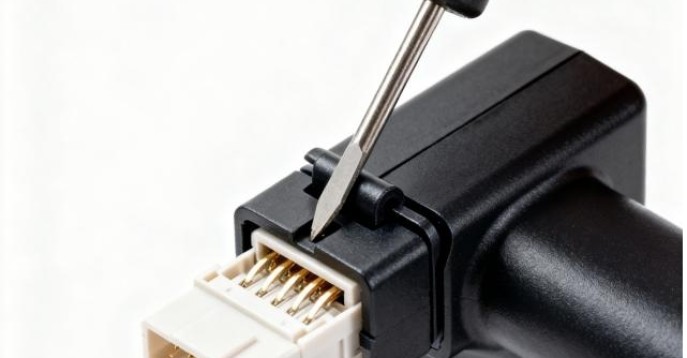High voltage battery system composition and structure
The high-voltage battery module is placed in a sealed and shielded high-voltage battery box, and the high-voltage battery system uses reliable high-voltage and low-voltage connectors to connect with the vehicle.
The installation location of the high-voltage battery module The BMS in the high-voltage battery system collects data such as the voltage value of each battery cell, the temperature value of each temperature sensor, the total voltage value and total current value of the battery system, and the insulation resistance value of the battery system in real time. And according to the threshold set in the BMS to determine whether the battery system is working normally, and monitor the fault in real time. The high-voltage battery system uses CAN to communicate with the VCU or charger through the BMS, and performs comprehensive management of the high-voltage battery system such as charging and discharging. The high-voltage battery system also receives and stores the high-voltage direct current provided by on-board chargers, generators, braking energy recovery devices and external charging devices, and provides high-voltage components for driving motor controllers, DC/DC, electric air conditioners, PTC and other high-voltage components direct current. The high-voltage battery system is mainly composed of four parts: high-voltage battery module, battery management system, high-voltage battery box and auxiliary components.
The battery cell is the smallest unit that constitutes a high-voltage battery module. It is generally composed of a positive electrode, a negative electrode, an electrolyte and a shell, etc., which can realize direct conversion between electrical energy and chemical energy; a battery module is a group of parallel battery cells. The combination of the battery, the rated voltage of the combination is equal to the rated voltage of the battery cell, it is the smallest grouping of the battery cells connected in the physical structure and circuit, and can be replaced as a unit; the module is composed of multiple battery modules or battery cells. A combination of bodies in series.
The high-voltage battery module structure constitutes the high-voltage battery box is a component that supports, fixes and surrounds the battery system, mainly including the upper cover and lower tray, as well as auxiliary components, such as transition pieces, guard plates, bolts, etc. The high-voltage battery box has load-bearing and Protects the role of high-voltage battery packs and electrical components. The battery box is connected to the bottom of the vehicle body with bolts, the protection level is IP67, and the tightening torque of the bolts is 80-100N·m. When maintaining the vehicle, it is necessary to observe whether the bolts of the battery box are loose, whether the battery box is damaged or seriously deformed, and whether the sealing flange is complete, so as to ensure that the high-voltage battery can work normally; in terms of appearance, the color of the outer surface of the battery box should be silver gray. Or black, matt, the surface of the battery box should not have scratches, sharp corners, burrs and residual oil marks and other appearance defects, and the welds must be polished and smooth.
The auxiliary components of the battery module of the high-voltage battery box mainly include the electrical components inside the high-voltage battery system, such as fuses, relays, shunts, connectors, maintenance switches, smoke sensors, etc., as well as sealing strips, insulating materials, etc.
High Voltage Battery Management System
The English full name of the battery management system is Battery Management System, abbreviated as BMS.
The role of BMS: the core component of battery protection and management. In the high-voltage battery system, its role is equivalent to the human brain. It not only ensures the safe and reliable use of the battery, but also gives full play to the battery’s capabilities and prolongs its service life. As a bridge between the battery, the vehicle controller (VCU) and the driver, it controls the charging and discharging of the high-voltage battery pack through the control contactor, and reports the basic parameters and fault information of the high-voltage battery system to the VCU.
BMS function: realize overvoltage, undervoltage, overcurrent, high temperature and low temperature protection, relay control, SOC estimation, charge and discharge management, balance control, fault alarm and Processing, communication with other controllers and other functions; in addition, the battery management system also has a high-voltage loop insulation detection function, as well as a heating function for the high-voltage battery system.
BMS composition: It can be divided into hardware and software according to nature, and divided into data acquisition unit and control unit according to function.
BMS hardware: main board, slave board and high-voltage box, as well as electronic devices that collect data such as voltage, current, and temperature.
BMS software: Monitor the voltage, current, SOC value, insulation resistance value, and temperature value of the battery, and control the charging and discharging of the high-voltage battery system through communication with the VCU and charger.














